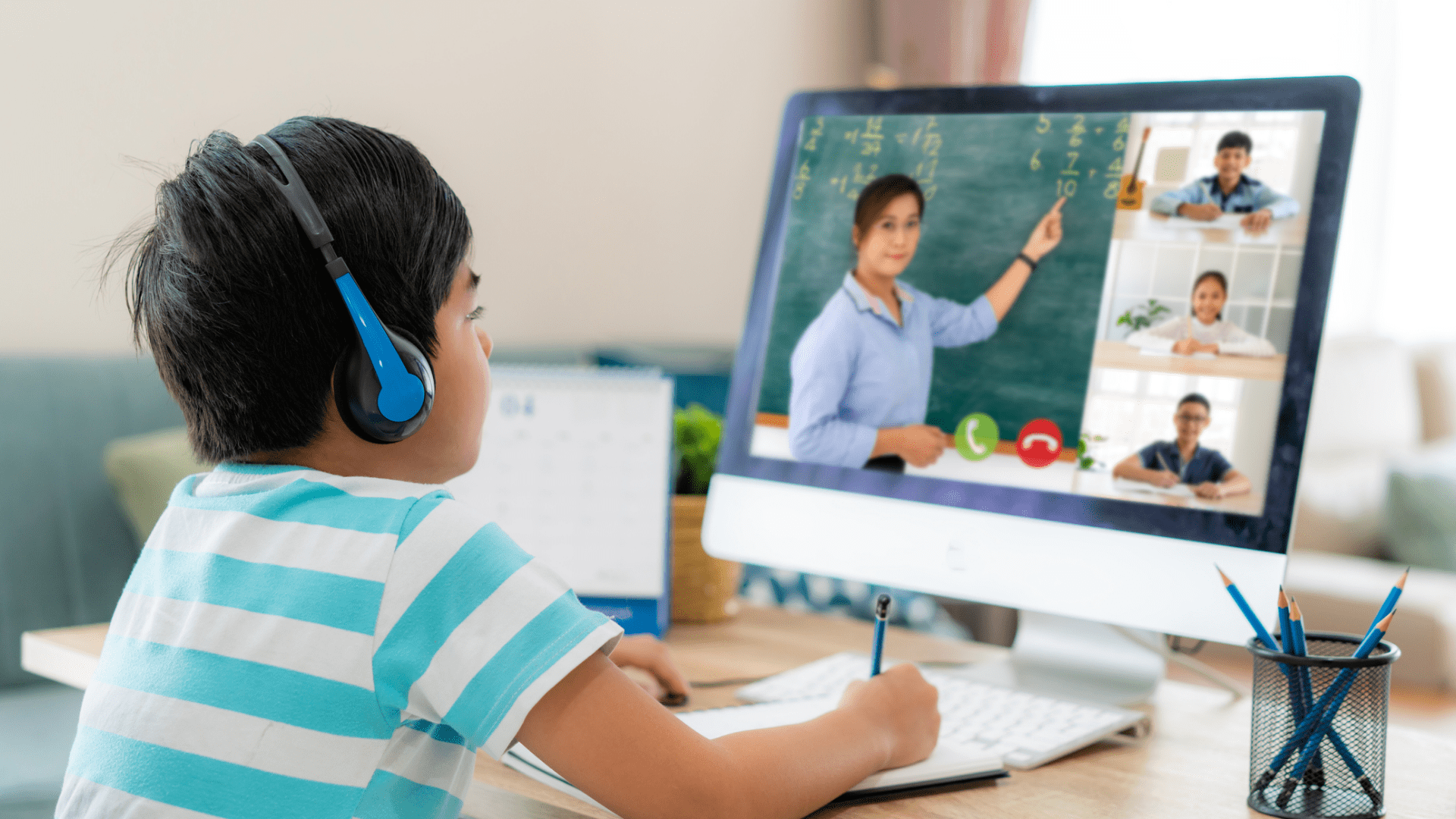In today’s digital classrooms, videos have become a bridge between learning and fun. Educational platforms rely on dynamic visuals and storytelling to make lessons more engaging for young audiences. With the support of a video marketing agency, they design content that captures children’s curiosity and keeps them focused on learning in an enjoyable way.
The Visual Advantage in Learning
Children are naturally drawn to visuals. Bright colours, animations, and motion stimulate their senses and help them retain information better than text alone. Videos simplify complex subjects by turning them into stories that children can relate to and enjoy. When used effectively, these visuals help break down topics like science, history, or language into digestible and memorable segments.
Instead of reading about how a volcano erupts, a child can watch it happen through a clear, animated video. This approach not only improves understanding but also strengthens long-term memory. For educational platforms, such experiences turn passive learning into active participation.
Storytelling That Builds Emotional Connection
Storytelling is one of the oldest and most effective teaching tools. When educational platforms integrate stories into their videos, they connect with children on an emotional level. A lesson wrapped in a narrative makes learning feel less like a task and more like an adventure. Characters, settings, and relatable challenges keep young viewers hooked until the very end.
Stories also help children empathise, imagine, and understand real-world concepts. For instance, moral lessons or environmental awareness messages can be conveyed through animated tales where characters make decisions and face outcomes. This not only teaches values but also strengthens emotional intelligence, which is crucial for overall development.
Interactivity and Engagement
Today’s educational videos often include interactive features that invite children to participate directly. Quizzes, clickable prompts, or short pauses encouraging reflection turn passive viewing into an engaging two-way experience. By responding to questions or making choices within the video, children feel more involved and motivated to continue learning.
This interactive structure aligns with children’s short attention spans. Instead of forcing them to sit through long lectures, bite-sized video modules keep lessons focused and manageable. Such microlearning formats work especially well for subjects that require regular reinforcement.
Accessibility and Inclusivity Through Video
Videos are also powerful tools for accessibility and inclusivity. Educational platforms can cater to diverse learning needs by using subtitles, sign language, or simplified visuals. Children who struggle with reading or have learning difficulties benefit from content that combines sound, text, and movement.
Moreover, multilingual narration helps bridge gaps for non-native speakers. This makes education more inclusive, ensuring that every child—regardless of language or ability—has an equal opportunity to learn and enjoy.
A professional video marketing agency helps educational institutions fine-tune these elements. They ensure that tone, pace, and design match the cognitive and emotional levels of the target age group, enhancing both reach and retention.
Building Trust and Connection
Videos also create a sense of trust between learners and educators. Seeing a friendly face or animated guide explaining a concept makes the learning experience more human and relatable. It reassures children that they’re being guided in a safe, supportive space.
For parents, high-quality educational videos serve as proof of credibility. They can see the effort that goes into producing meaningful, age-appropriate content. This builds confidence in the platform’s approach and strengthens its reputation as a reliable source of knowledge.
Encouraging Creative Thinking
Beyond teaching academic lessons, videos inspire creativity. When children watch experiments, storytelling sessions, or art tutorials, they are encouraged to try new things. They learn by observing and then applying ideas in their own way.
This creative exposure broadens their perspective and motivates them to explore subjects beyond the syllabus. A well-planned visual strategy ensures that educational content doesn’t just inform—it inspires.
The Future of Educational Video Content
The future of education will continue to evolve around video-driven learning. With the rise of short-form video content, adaptive learning tools, and AI-powered interactivity, platforms can personalise lessons based on each child’s pace and interest.
A skilled video marketing agency plays an essential role in this transformation. By combining storytelling, design, and educational psychology, they help platforms craft meaningful learning experiences that children genuinely enjoy. The focus remains on creating videos that are not only informative but emotionally resonant—content that teaches, entertains, and inspires curiosity.
Conclusion
Videos have reshaped how educational platforms connect with young minds. Through a mix of storytelling, visuals, and interactivity, they make learning fun, inclusive, and memorable. With expert guidance from a video marketing agency, these platforms can continue to build stronger connections with children—turning education into an exciting journey rather than a daily routine.




